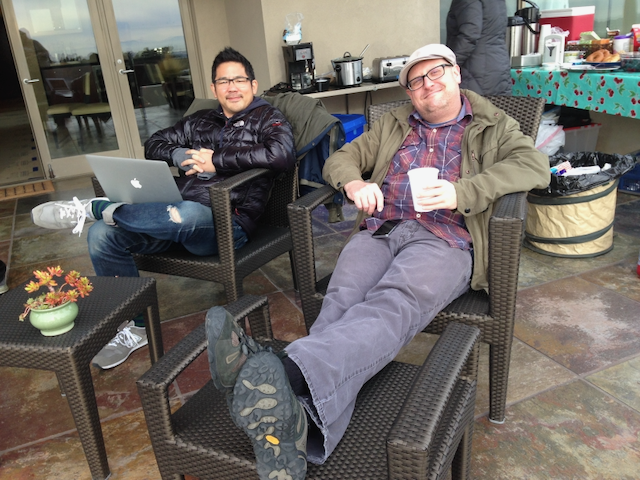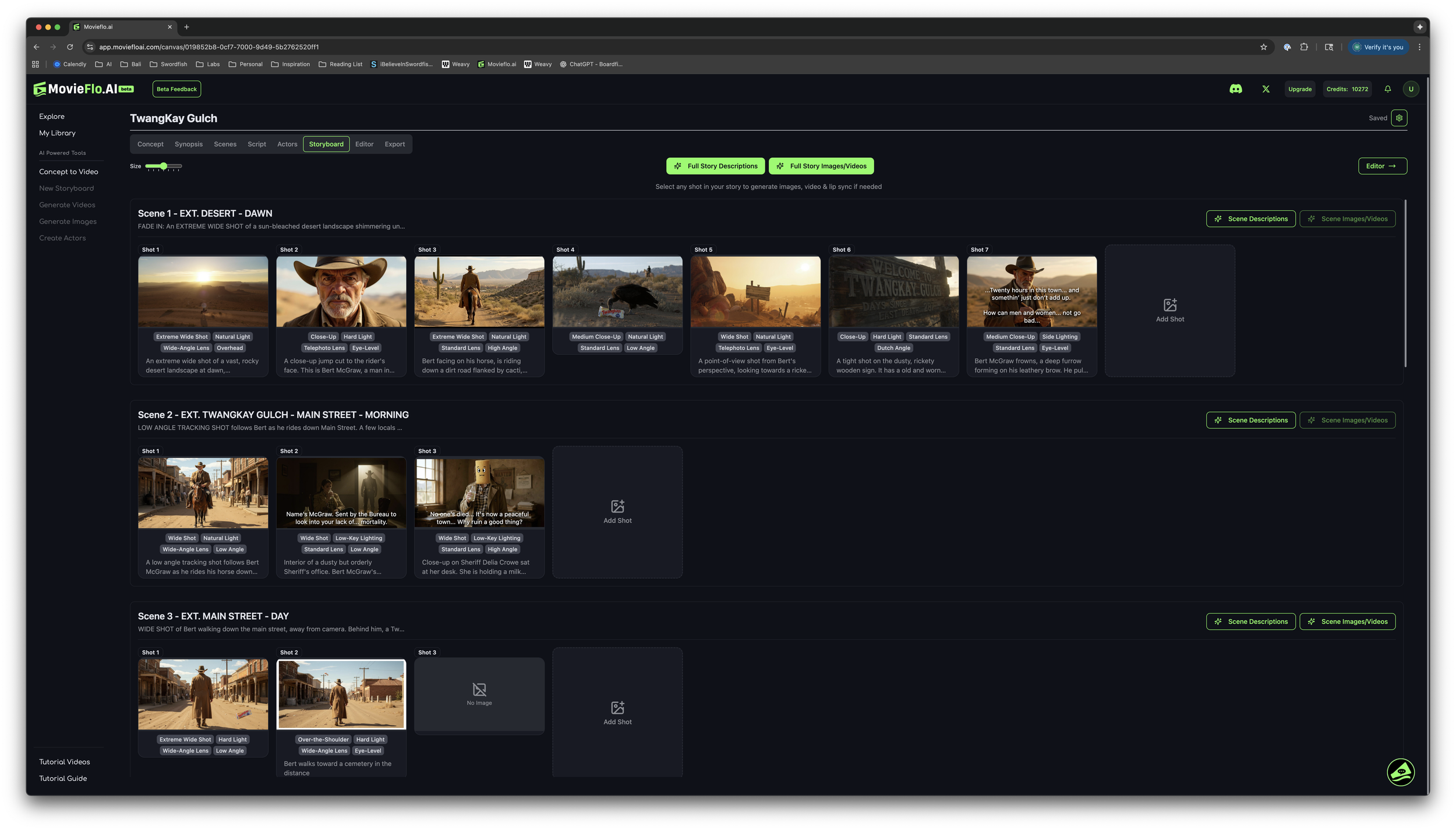The Future of Creativity and the Next Generation
Matt working on a commercial shoot in the Bay Area
Matt Silverman has spent his career building stories frame by frame. As Executive Creative Director at Swordfish, he’s worked with companies like Adobe, Apple, Google and Sony to shape the look and feel of digital media. But ask him what excites him most right now, and he won’t talk about the past. He’ll talk about the future — and the students who will inherit it.
“This AI revolution could be the biggest revolution in human history,” Matt says. “Bigger than the Industrial Revolution. And it’s all happening in a five to ten year period.”
That pace of change means the next generation of filmmakers, designers, and storytellers are stepping into a world unlike any before.
A New Way to Learn Filmmaking
For Matt, one of the most exciting opportunities is education. AI tools, he argues, have collapsed barriers that once held young creatives back.
Movieflo process using storyboards generated by AI
“To me right now, I believe that AI filmmaking is probably the best way for people to learn how to make a film,” he says. “You don’t need to waste money with a film camera these days. You can make a beautiful-looking image right on your computer or even on your phone.”
Instead of needing thousands of dollars in gear or massive crews, students can experiment instantly with composition, lighting, shot structure, and editing. The fundamentals remain the same — but the entry point is radically easier.
“Everything I learned in film school is still applicable,” Matt emphasizes. “You still need to understand what an establishing shot is. You still need to understand why you don’t cut two similar shots together. That doesn’t change. But with AI, you can practice those skills right away without worrying about cost or access.”
Preparing for an AI-Driven Workforce
Silverman sees these tools as essential not only for artists, but for the workforce as a whole. Every industry is being transformed.
Talent images imagined by AI
“AI is going to affect everybody,” he says. “It’s not just artists. It’s lawyers, it’s doctors, it’s teachers, it’s everything. The kids that are coming up now — they’re the ones who are going to be using this every single day in their careers.”
He describes a future where being fluent in AI is as essential as knowing how to use email or Excel was for previous generations. “The best advice I can give to students is: learn how to communicate with AI. Learn how to prompt. Learn how to think in terms of visual language, story language, production language. That’s going to be your currency in this new world.”
The Spark Still Matters
AI Generated






